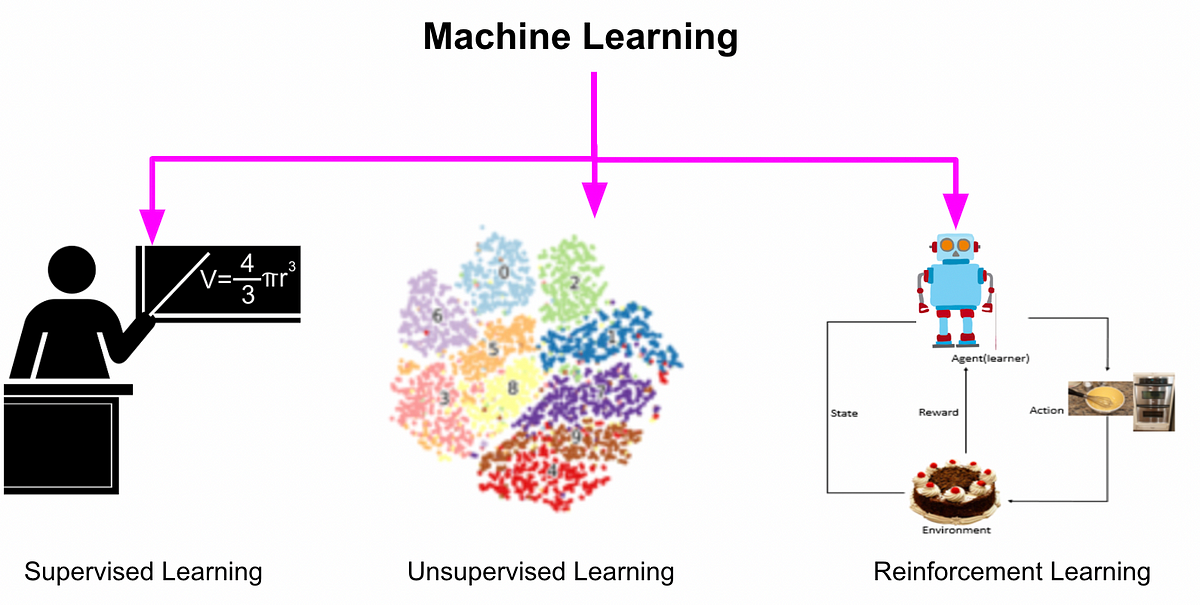- Hey, I
- Posts
- How AI Learns: A Simple Guide to Supervised and Unsupervised Learning
How AI Learns: A Simple Guide to Supervised and Unsupervised Learning
Artificial intelligence learns in ways that mimic human behavior, but through large amounts of data. Two of the most common forms of AI learning are supervised learning and unsupervised learning. Let’s explore how each one works:
Supervised Learning
Imagine a teacher correcting a student’s work. In supervised learning, the AI is "trained" using a labeled dataset. This means that it receives clear examples of what is correct or incorrect. Each input comes with the right answer, and the AI learns to map patterns. This approach is useful for tasks like:
- Email classification (spam vs. not spam)
- Image recognition (identifying cats or dogs in photos)
The model makes predictions and learns from its mistakes by comparing its answers with the correct ones. Over time, its accuracy improves.
Unsupervised Learning
Now imagine that the student has no teacher and must figure things out alone. In unsupervised learning, the AI is given data without labels or predefined answers. It tries to find patterns, similarities, or clusters within the data on its own. This type of learning is useful for tasks like:
- Customer segmentation in marketing
- Anomaly detection in cybersecurity
Unsupervised learning allows AI to discover hidden insights from the data, often revealing structures that humans might not easily spot.

Why It Matters
Understanding how AI learns is crucial because it shapes how we apply it in real-world problems. Supervised learning is ideal when we have clear labels, while unsupervised learning helps when we want to uncover unknown patterns. Both approaches are essential in advancing how machines make decisions, adapt, and evolve with data.
This simple distinction lays the foundation for most AI systems we interact with today!